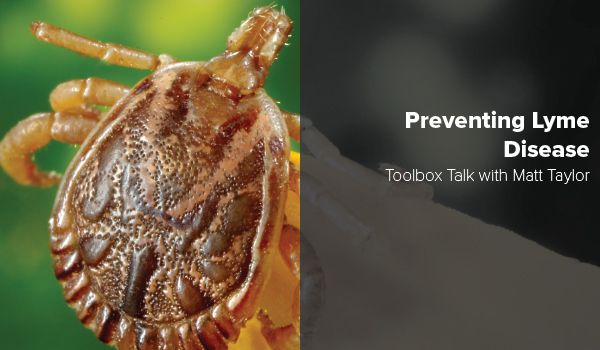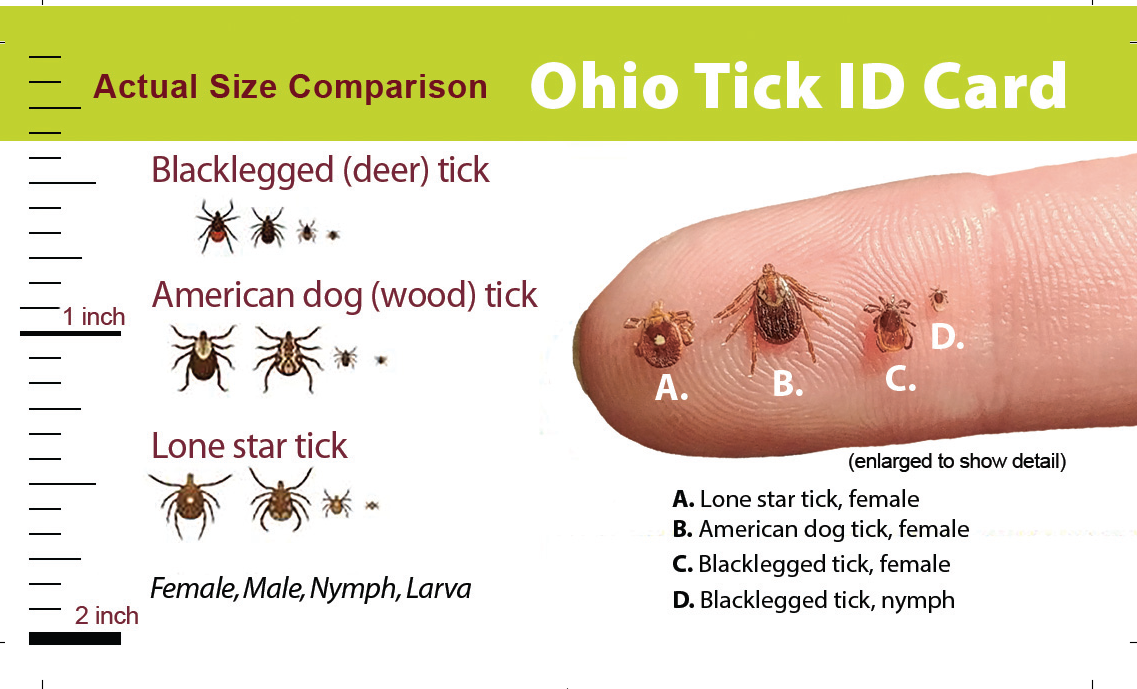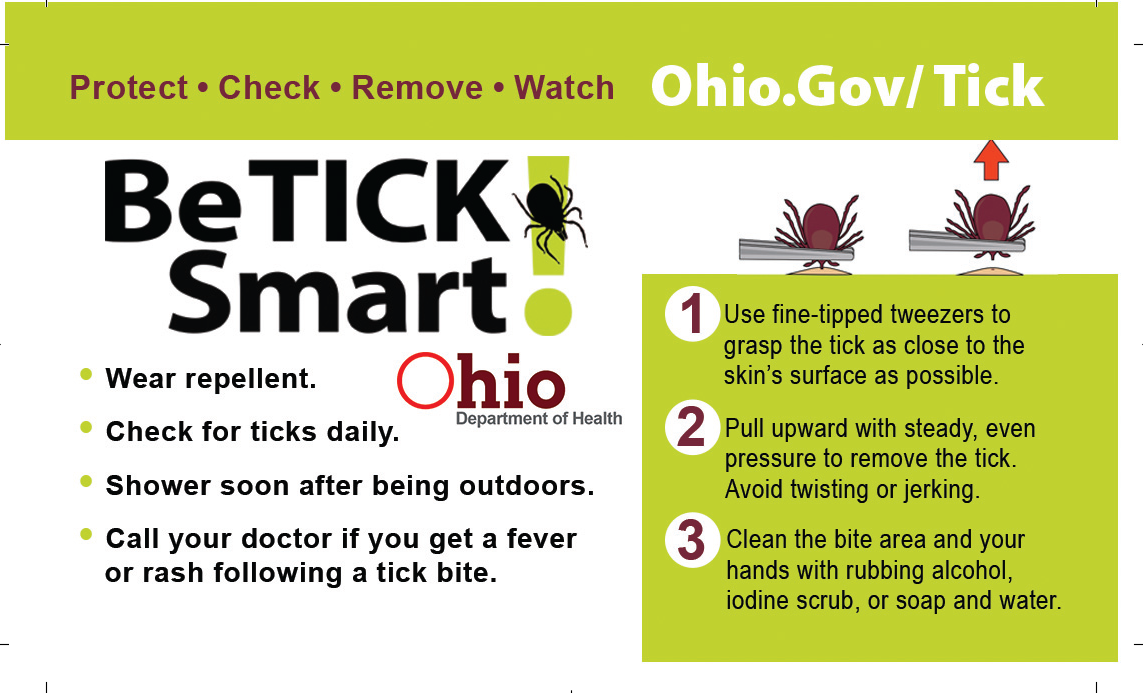Written by Matt Taylor, CHST, SMS
Due to COVID-19 many individuals are taking advantage of the season and heading into the National and State parks. The CDC states that staying physically active is one of the best ways to keep your mind and body healthy. In addition to following the guidelines to protect yourself and your family from COVID-19 within parks, it is also critical to take measures to avoid Lyme disease.
Lyme disease is caused by an infection with a bacterium called Borrelia burgdorferi. In Ohio, B. burgdorferi is transmitted to humans through the bite of an infected blacklegged tick.
Lyme disease cases are increasing in Ohio as the range of blacklegged tick populations continues to expand in the state and encounters with this tick occur more frequently, particularly in the forest habitats preferred by this tick.
Blacklegged ticks that carry Lyme disease are most commonly found in the eastern and southern areas of the state, but are likely to occur in suitable wooded habitat throughout most or all of Ohio.




